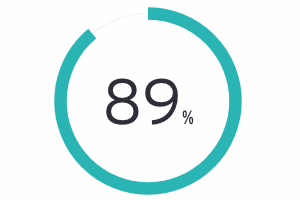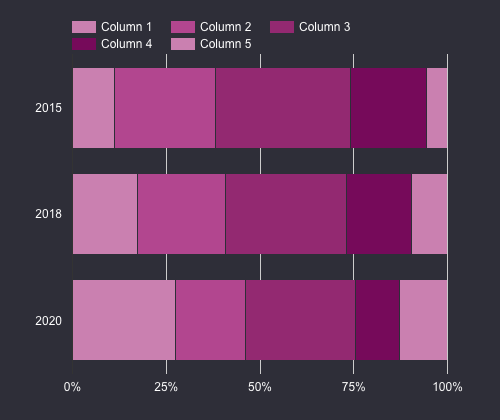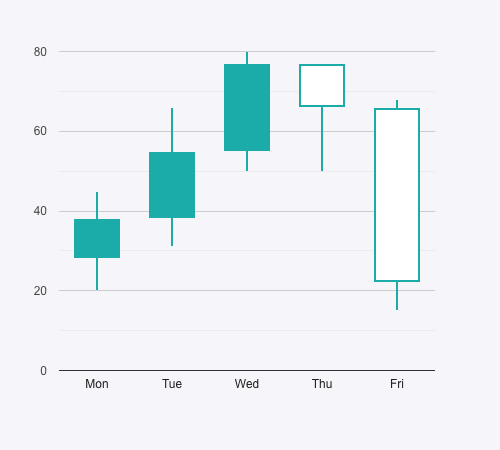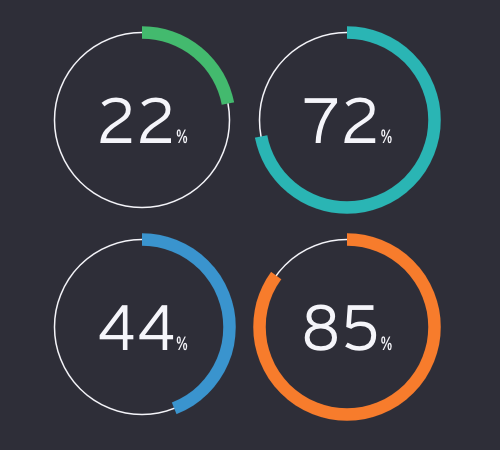Next – the remainder of 2020
Next is pretty much about stepping into a new normal. For sure the sector does not expect to be getting back to offices any time soon and end of summer is perhaps the earliest target date we are hearing from our clients. The most immediate challenge being wrestled with is how to originate and source new business in a very uncertain environment. It is fair to say that April provided the first real view of how the life and pensions sector is being impacted as new business pipelines started to weaken and new business flow dropped considerably from that experience in quarter one.
That will then lead to a clear decision and outcome around how or whether to trim expenses associated with new business acquisition as the sector looks forward to an extended weaker period and to consider how it makes those sales processes a lot more resilient up to and including anticipating how to execute sales in a locked down or shut in economy.
| Type of activities |
Recovery position |
Annual review required? |
| Wholly VAT taxable activities |
100% recovery of VAT on costs* |
No requirement to carry out an annual review |
| Wholly VAT exempt activities |
0% recovery but may be entitled to partial recovery, where involved in non-EU activities |
Required to carry out an annual review |
| Both VAT Taxable and VAT Exempt Activities |
Direct costs – 100% recoverable or 0% recoverable depending on activity
General overheads – partial / some recovery |
Required to carry out an annual review |
- Sed ut perspiciatis unde omnis iste doloremque laudantium, totam rem aperiam, eaque ipsa quae ab illo ted ut perspiciatis unde omnis iste doloremque laudantium, totam rem aperiam, eaque ipsa quae ab illo inventore veritatis et rem.
- Sed ut perspiciatis unde omnis iste doloremque laudantium, totam rem aperiam, eaque ipsa quae ab illo ted ut perspiciatis unde omnis iste doloremque laudantium, totam rem aperiam, eaque ipsa quae ab illo inventore veritatis et rem.
- Sed ut perspiciatis unde omnis iste doloremque laudantium, totam rem aperiam, eaque ipsa quae ab illo ted ut perspiciatis unde omnis iste doloremque laudantium, totam rem aperiam, eaque ipsa quae ab illo inventore veritatis et rem
There is also a prospect of attention pointing more fully towards the regulatory assessment of the performance of the sector in respect of the consumer and conduct agenda. Without judging the outcome it is fair to say there will likely be an assessment of performance through the lens of customer centricity, value for money and specifically responses in respect of rebates and reductions in premiums if not settlement of claims.
Beyond – 2021 and beyond
Possibly the first and foremost consideration for what happens next and beyond is an expectation regarding our economic context. In this there is a growing acceptance that we are in a “low for longer” interest rate environment and that brings a fundamental challenge to the life insurance sector in particular. In part this is mitigated in Ireland due to the low level of domestic guarantees and the preponderance of unit linked business but it does impact segments of the market, including annuities and some legacy aspects of the international market place such as old style Variable Annuities.

young asian entrepreneur of small company drawing a diagram on glass during team workshop in office discussing and formulating business strategies.
It is hard to see the upside of this crisis, it has certainly accelerated the digital transformation plans of all market players, or at least those who are and will remain committed to staying in the market place. We are seeing a recalibration of cost benefit analysis for transformation programs and see the case swinging back in favour of a renewed assessment of investments in digital capabilities. Equally we can anticipate a renewed cycle ofM&A as companies reassess their current portfolios. In this Ireland has become something of a hub for run off businesses and with the continued backing of their capital providers it is not hard to see a renewed period of expansion for this segment of the market.
The most immediate challenge being wrestled with is how to originate and source new business in a very uncertain environment.
Finally, its important not to forget inflight programs such as IFRS 17. In general we have not seen groups slow down their aims and aspirations for transitioning to IFRS 17 but it is fair to say there has been something of a local slow down over the immediate past. The IFRS 17 and related IFRS 9 transition and implementation timetables now appear to be locked in and it is hard to see any further delays. As such it makes sense for companies to not just consider the operational implementation of the changes but also to reinvestigate the impacts of transition options for establishing the day one balance sheets as recent market events will have considerably impacted the economics of in force portfolios.
A Sample UL list
- Stakeholders are likely to welcome the changes made by the Board to address issues raised in the feedback on the published standard, particularly regarding the areas of acquisition cash flows and reinsurance recoveries.
- There are other areas whether the IASB, after careful consideration, concluded no further changes were warranted. For example, in respect of the so called ‘annual cohort’ requirement (i.e., the requirement to include in IFRS 17 groups only contracts issued no more than 12 months apart); contracts that change in nature over time; and liabilities acquired in their settlement period for acquisitions after the transition date. Indeed, the issue of annual cohorts is seen as a key issue by preparers and other stakeholders in several jurisdictions, particularly for mutualised business. Some stakeholders will therefore be disappointed that the IASB has not made any amendments for this.
- There are a number of changes made to IFRS 17 that will have a significant impact on implementation efforts. The decisions regarding the recovery of losses by reinsurance held, investment services and related investment expenses, recognition and impairment of assets arising from insurance acquisition cash flows, and reporting frequency will require significant evaluation and may cause preparers to rethink some of their IFRS 17 solutions.
- In light of the deferral of the effective date of IFRS 17 and the extension of the temporary exemption from applying IFRS 9, preparers should consider the impact on their implementation plans. This would include reassessment of overall programme and workstream timeframes, as well as key milestones allowing for the new effective date; and updates to accounting policies and revisiting policy choices in response to the revised standard.
- Preparers should also assess the current status of system design and configuration requirements in response to the revised standard and any changes to accounting policies; They also need to align their testing and parallel run strategy and planning, as well as building sufficient controls over the process, and ensure they update and engage key stakeholders (including regulators, analysts, etc.) on next steps and expected impacts.
A Sample OL list
- There are other areas whether the IASB, after careful consideration, concluded no further changes were warranted. For example, in respect of the so called ‘annual cohort’ requirement (i.e., the requirement to include in IFRS 17 groups only contracts issued no more than 12 months apart); contracts that change in nature over time; and liabilities acquired in their settlement period for acquisitions after the transition date. Indeed, the issue of annual cohorts is seen as a key issue by preparers and other stakeholders in several jurisdictions, particularly for mutualised business. Some stakeholders will therefore be disappointed that the IASB has not made any amendments for this.
- There are a number of changes made to IFRS 17 that will have a significant impact on implementation efforts. The decisions regarding the recovery of losses by reinsurance held, investment services and related investment expenses, recognition and impairment of assets arising from insurance acquisition cash flows, and reporting frequency will require significant evaluation and may cause preparers to rethink some of their IFRS 17 solutions.
- In light of the deferral of the effective date of IFRS 17 and the extension of the temporary exemption from applying IFRS 9, preparers should consider the impact on their implementation plans. This would include reassessment of overall programme and workstream timeframes, as well as key milestones allowing for the new effective date; and updates to accounting policies and revisiting policy choices in response to the revised standard.
- Preparers should also assess the current status of system design and configuration requirements in response to the revised standard and any changes to accounting policies; They also need to align their testing and parallel run strategy and planning, as well as building sufficient controls over the process, and ensure they update and engage key stakeholders (including regulators, analysts, etc.) on next steps and expected impacts.





